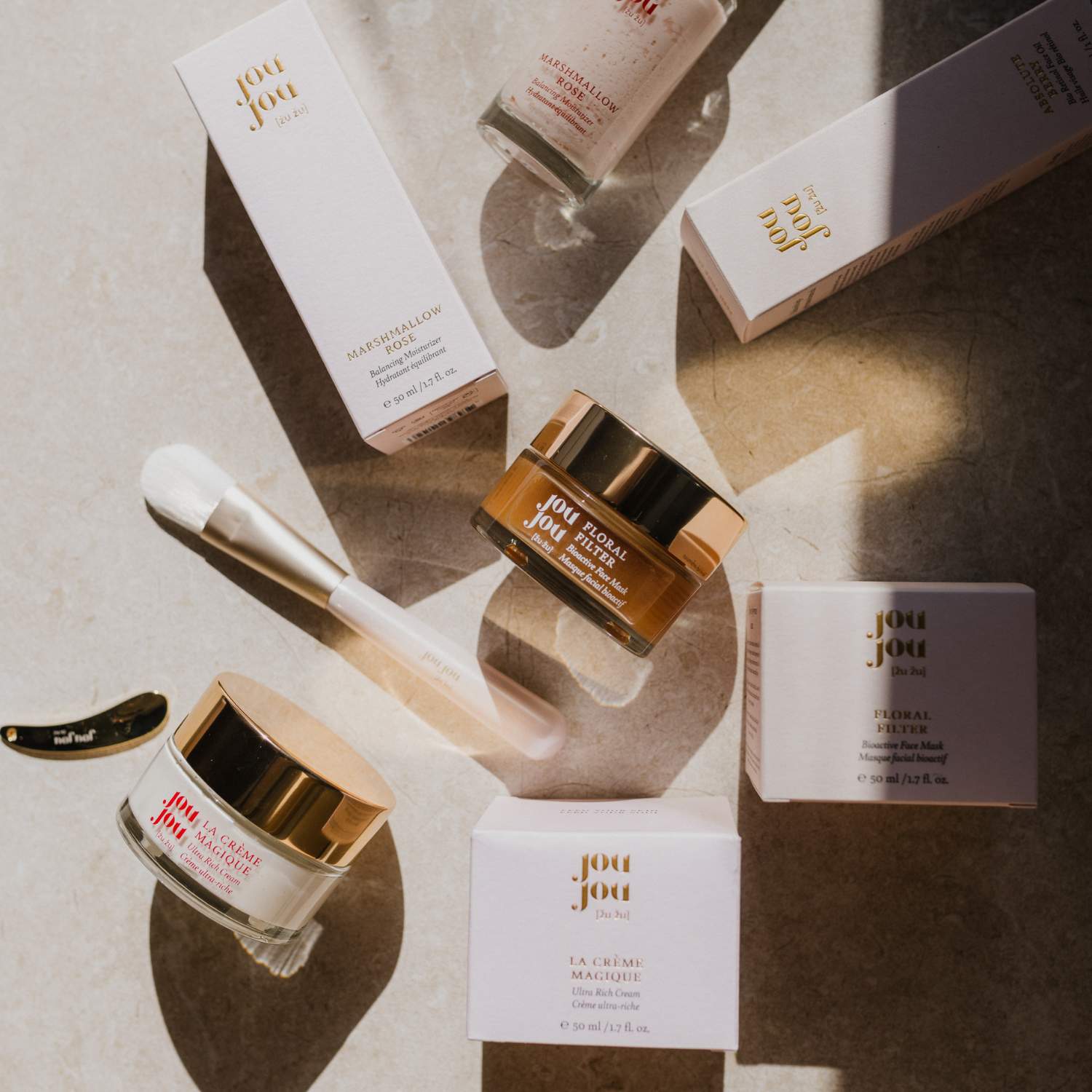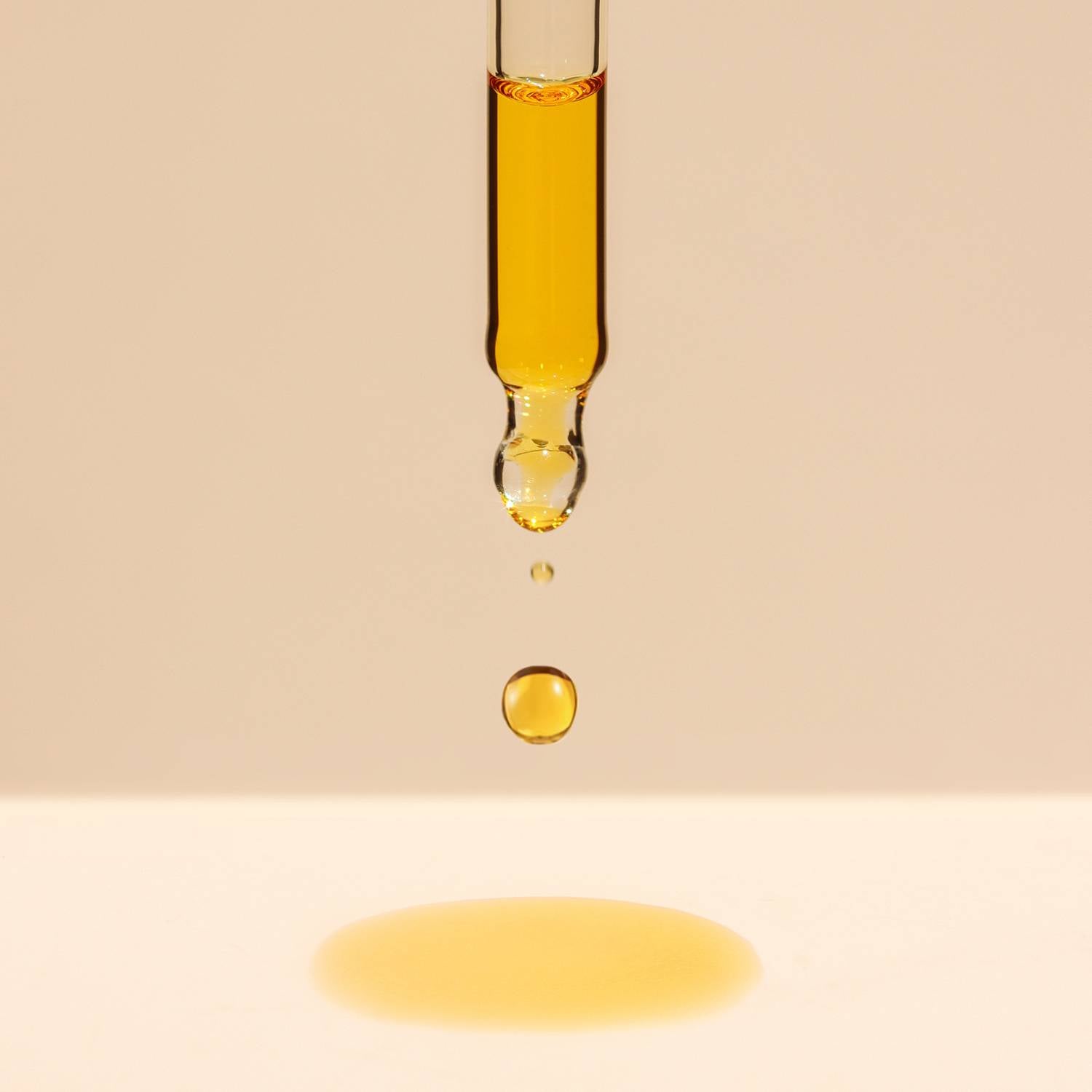
Understanding INCI Labels
Understanding INCI Labels: A Guide to Choosing Your Skincaravigating the world of skincare can be overwhelming, especially when faced with complex ingredient lists. However, understanding INCI (International Nomenclature of Cosmetic Ingredients) labels is crucial for making informed choices, particularly if you prefer organic certified skincare products. This blog will guide you through the basics of reading INCI labels and why organic certified ingredients matter.
What is an INCI Label?
The INCI label is a standardized system used to list ingredients on cosmetic and skincare products. It ensures consistency and transparency, allowing consumers to know exactly what they're applying to their skin. Here's how to decode it:
- Ingredients are Listed by Quantity
- Descending Order: Ingredients are listed in order of predominance, starting with the highest concentration.
- Key Tip: The first five ingredients usually make up the bulk of the product, so pay close attention for the base of the product to be without synthetics like mineral oils (petrolatum, parrafin oil) or silicones (dimethicone)
- Scientific and Latin Names
- Botanical Ingredients: Organic ingredients are often listed by their Latin names (e.g., Aloe Barbadensis for aloe vera).
- Chemical Names: Synthetic ingredients are listed by their scientific names, which might be less familiar but are essential to recognize.
- Common Terms to Know
- Aqua: Simply water.
- Glycerin: A natural humectant, often derived from plants.
- Fragrance/Parfum: Could be synthetic or natural; organic products will specify natural sources. Biotechnology today offers a solution of nature identical and natural fragrances made from natural elements.
- Certified Organic Ingredients
- Look for Labels: Certifications like Ecocert, ECOGEA or COSMOS Organic indicate that the product meets strict organic standards.
- Organic Percentage: Some labels state the percentage of organic ingredients (e.g., “40% organic”).
- Harmful vs. Beneficial Ingredients
- Avoid: Parabens, sulfates, phthalates, silicones, mineral oils, phenoxyethanol as they can be harmful and are often excluded in organic products.
- Seek: Natural oils (e.g., coconut oil, jojoba oil), plant extracts, naturally derived ingredients and actives which provide benefits without harsh synthetics.
Why Choose Organic Certified Skincare?
- Healthier Skin: Organic ingredients are more gentle and biocompatible with our bodies.
- Environmental Impact: Organic farming practices are sustainable, avoiding harmful pesticides and promoting biodiversity.
- Transparency and Trust: Certified organic products adhere to strict guidelines, ensuring you get pure, high-quality ingredients.
Pin Points for Quick Reference:
- Check the first five ingredients: They constitute the majority of the product.
- Understand the names: Latin for plants, scientific for chemicals.
- Look for certifications: ECOGEA, Ecocert, COSMOS.
- Avoid harmful ingredients: Parabens, sulfates, mineral oils, phenoxyethanol.
- Seek beneficial ingredients: Natural oils, plant extracts, plant stem cells, plant actives.
Conclusion
Choosing organic certified skincare means prioritizing both your health and the planet. By learning to read INCI labels, you empower yourself to make better, safer choices for your skin. Remember, the more natural and recognizable the ingredients, the better the product is likely to be for your skin. Happy skincare shopping!





